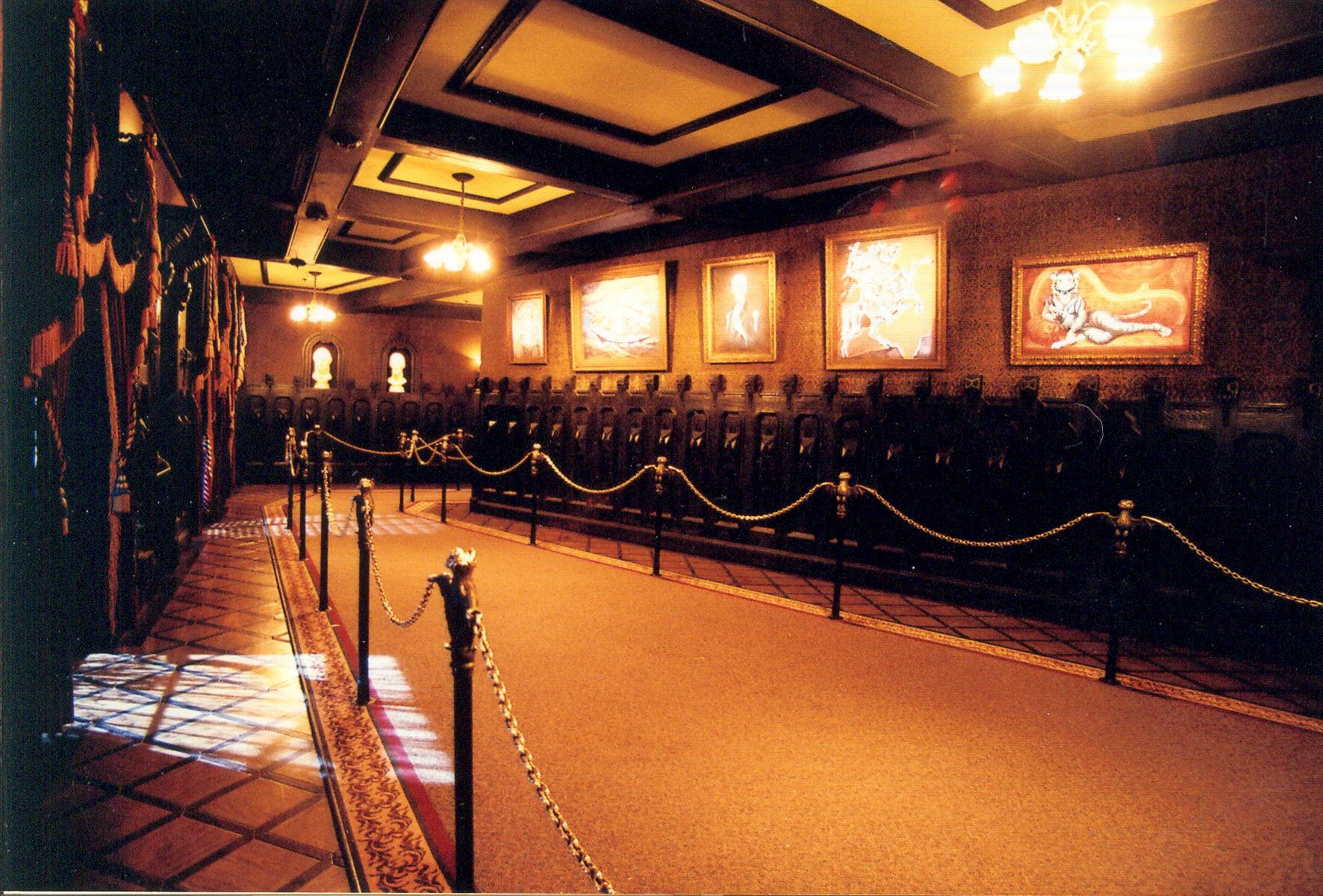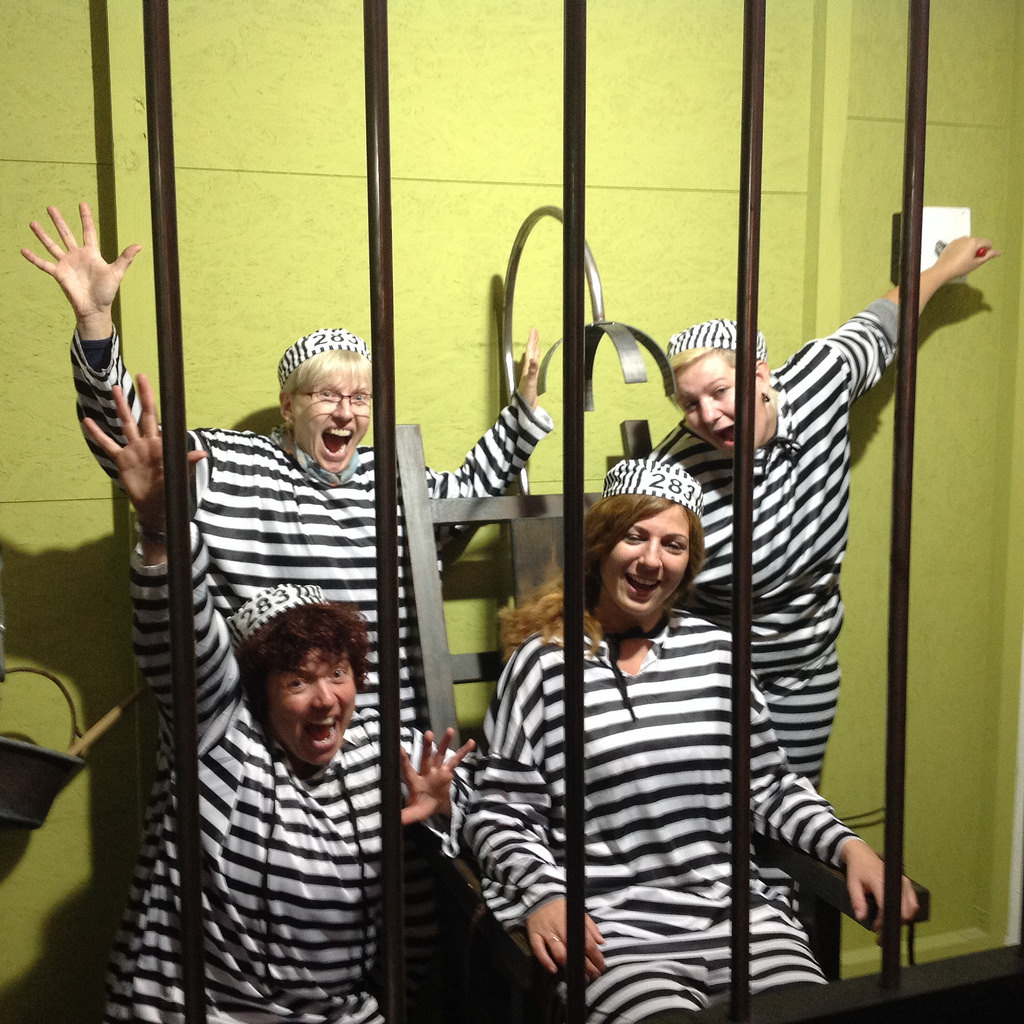Forget video games – escape the digital drudgery of modern life and solve some problems in the real world.
Escape rooms are a growing phenomenon in major cities across the world. They come with all kinds of setups and scenarios, but the basic premise is the same: you’re locked in a room and you have to solve puzzles to win back your freedom.

“The good ones really are works of art,” says David Spira, whom Newsweek cites as America’s first escape room reviewer and blogger.
Starting from a simple premise, escape rooms have been growing more complex. They incorporate such technological elements as blacklights, laser-triggered alarms, trapdoors, and secret rooms. The production values for the best of these rooms rival those of Hollywood movie sets.
One Washington DC escape room that masterfully combines such technological spectacle with engaging puzzle design is The Alchemist by Insomnia Escape. It earned a 2016 Golden Lock-In Award from Spira’s blog Room Escape Artist, placing it in the top 13 of around 150 escape rooms from around the world.
The Alchemist locks you and your teammates in a mystical library with just 60 minutes to find the fabled Philosopher’s Stone. Fail and the Order of Alchemists will use the Stone to take control of the entire world.
With dramatic intrigue, a lavish environment, and elegant puzzles, this escape room in DC is a great example of the medium rising to the level of art.
Of course, there can be a learning curve with these kinds of games. It can be difficult to parse a room into mere props and actual clues you can use to solve the puzzle. Most escape rooms feature some kind of system for giving hints – otherwise, success rates would drop too low and people might lose interest.
In fact, some of the earliest escape rooms in Japan (where the phenomenon started) boast success rates in the single digits.
Even if you’re not up for those more difficult rooms, if you’re looking for a mental challenge that’s more immersive, social, and engaging than video games, why not try an escape room?



